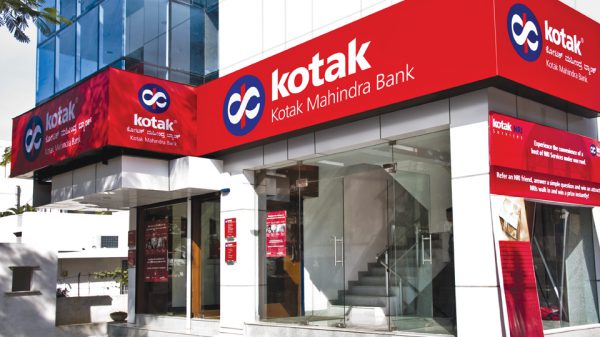The Cellular Operators Association of India (COAI), a telecom lobbying association consisting largely of India’s GSM operators has claimed that it has set up about 129,101 base transceiver stations (BTS') across the country to tackle call drops on cellular networks. COAI said that this was part of “a 100-day plan…to address the issue of call drops that was causing inconvenience to consumers.” Under the plan, COAI's member operators have apparently invested Rs 12,000 crore for installing these BTS', taking the total to about 1,345,470 BTS' installed by members of COAI across the country. The 100-day-plan to install BTS' was deployed during the month of June, and was completed 4 months later, which is this October. Call drop rates in the country are still high TRAI releases quarterly compliance reports; and the last report was in June, when COAI’s member operators initiated the plan. Winding up to the start of this year when the call drops issue was on its peak level, TRAI’s Independent Drive Tests (IDTs) conducted between December 2015 to January 2016, revealed that call drop rates in cities like Pune, Mumbai, Delhi, were well above the permissible limits. The limits are set at 2% by the regulator. -Pune was the most affected at that time, with Dropped Call Rate as of for Tata (3G) being recorded at a whopping 42.93%; Airtel (3G) at 7.91%; Idea at 20.96%; Vodafone (3G) at 5.67%, and Aircel at 13.96%. -In Delhi, Aircel, Idea, Vodafone, Reliance, Tata Teleservices, MTS also failed the tests, although the call drop…




























